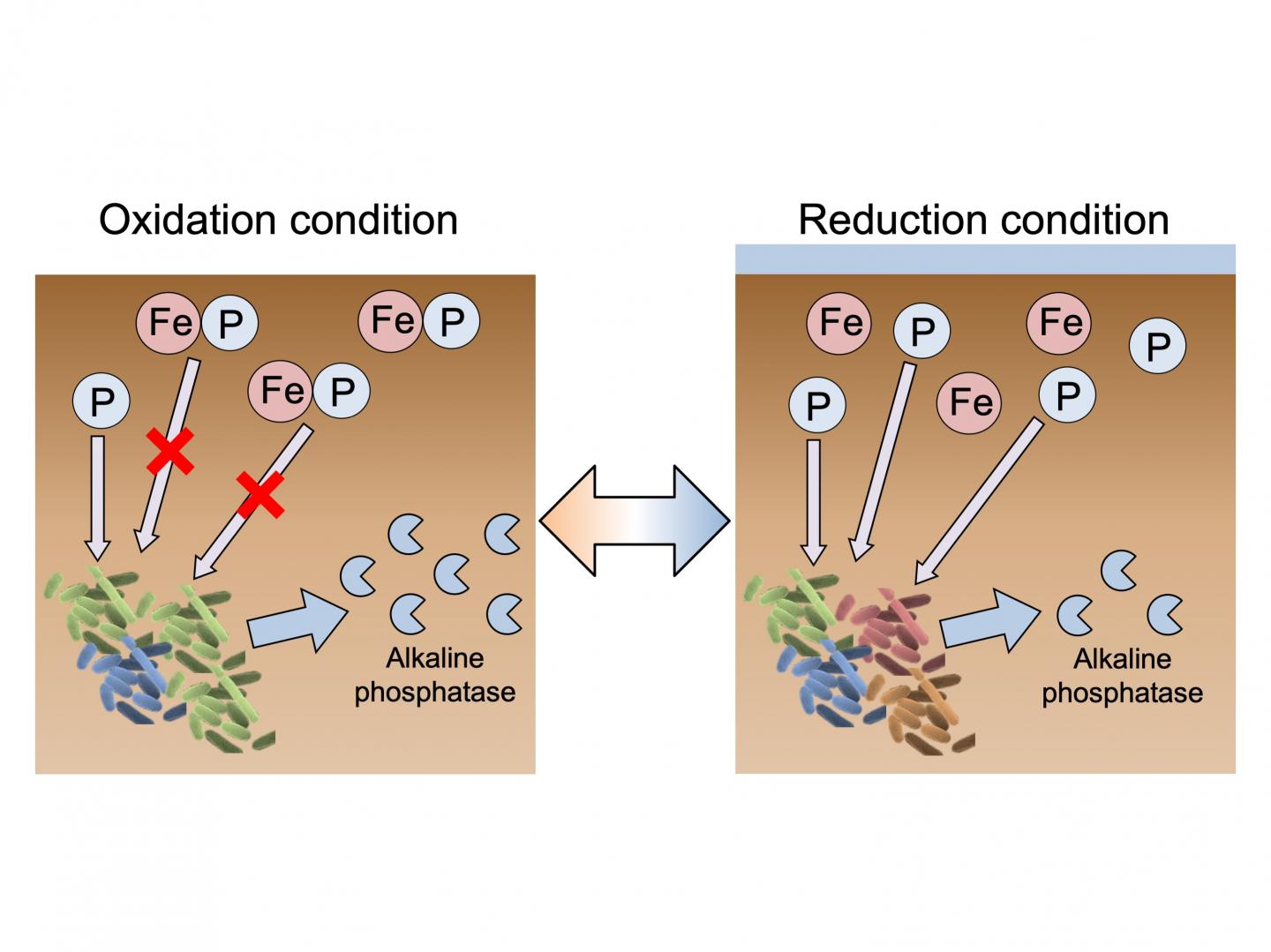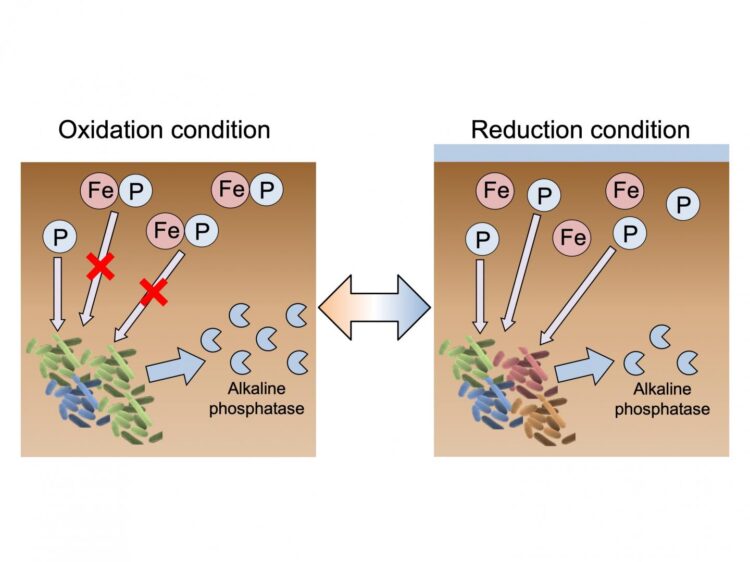
Credit: Takashi Kunito, Department of Environmental Science, Faculty of Science, Shinshu University
Scientists in Japan and the Netherlands have independently developed anaerobic soil disinfestation, also known as biological soil disinfestation or reductive soil disinfestation to kill off pathogenic bacteria, parasitic nematodes and even weeds in soils without using pesticides. By covering the soil with plastic to cut off access to oxygen, unwanted organisms suffocate and do not need to be chemically fumigated.
A research team led by Kazuki Fujita formerly of Shinshu University and Takashi Kunito currently of Shinshu University focused on the phosphorus dynamics and microbial phosphorus acquisition during anaerobic soil disinfestation in Andosols. Andosol comes from the Japanese word, “an” which means dark, and “do” which means soil. Japan is lucky in that about half of its landmass is covered in this rich, black, productive soil. However, this soil absorbs phosphorus considerably making them unavailable to plants to use as nutrients. The team at Shinshu University were able to demonstrate that phosphorus can become more available in arable Andosols by giving them the anaerobic soil disinfestation treatment.
The group evaluated the availability of phosphorus using biological indicators. They first applied the resource allocation model for enzyme synthesis. This was because there were conflicting indicators from the initial chemical extractant tests. One interesting finding from the study was that a less diverse bacterial group might produce more alkaline phosphomonoesterase in soils by alkaline phosphomonoesterase gene harbored by microbial communities, or phoD.
When a field is filled with water, as are rice paddies in many parts of Asia, it had been known that the phosphorus leaks out and turns into a form easily available to plants. However, when the soil is then dried, it becomes unavailable again. The researchers looked into the mechanism of this process.
The increase in availability of accessible phosphorus may be effected by drying treatments after anaerobic soil disinfection. The researchers hope to continue their studies to learn of other factors that influence phosphorus dynamics. This experiment was conducted in an indoor lab, so the researchers hope to continue their experiment in real world environments, and also look into why the phosphorus did not increase in one of the samples.
###
Please read Anaerobic soil disinfestation using diluted ethanol increases phosphorus availability in arable Andosols for more information.
Acknowledgments: We are grateful to Tsuyoshi Sato (Nagano Prefecture Vegetable and Ornamental Crops Experiment Station, Japan) for providing soil samples.
Media Contact
Hitomi Thompson
[email protected]
Related Journal Article
http://dx.





